The agriculture in the Dominican Republic and Haiti is characterized by some similarities due to their shared island of Hispaniola, as well as significant differences driven by historical, economic, and environmental factors. Here’s a description of agriculture in both countries:
Agriculture in the Dominican Republic:
- Crops: The Dominican Republic has a more diversified agricultural sector compared to Haiti. Major crops include sugarcane, plantains, bananas, rice, coffee, cacao, and various fruits and vegetables. Sugarcane has historically been a significant export crop.
- Livestock: Livestock farming is prevalent, with cattle, poultry, and pig farming being common. Dairy production is also an important part of the agricultural sector.
- Export Orientation: The Dominican Republic has a relatively more developed and export-oriented agricultural sector. It exports a variety of agricultural products, including organic cacao and coffee, to international markets.
- Infrastructure: The country has better agricultural infrastructure and access to modern technologies, which has helped improve productivity.
- Challenges: Despite the advances in the agricultural sector, there are still challenges related to land tenure issues, environmental sustainability, and the need for continued modernization and diversification.
Agriculture in Haiti:
- Crops: Agriculture in Haiti is primarily focused on subsistence farming. The most important crops are maize, rice, sorghum, millet, and beans. There is also some coffee and cacao production, but these are often small-scale and consumed domestically.
- Land Tenure: Land distribution in Haiti is highly unequal, with much of the arable land being owned by a few wealthy individuals or foreign corporations. This has led to land degradation and limited opportunities for small-scale farmers.
- Environmental Challenges: Haiti has faced severe environmental challenges, including deforestation and soil erosion, which have had a negative impact on agricultural productivity.
- Food Security: Due to its heavy reliance on subsistence farming and limited access to modern agricultural practices, Haiti has faced issues related to food security and vulnerability to natural disasters.
- Foreign Aid: International organizations and foreign aid have played a significant role in supporting agriculture and food security in Haiti, as the country has struggled with political instability and poverty.
It’s important to note that these are general overviews, and both countries have unique regional variations in their agricultural practices. The differences in agricultural development are influenced by factors such as historical legacies, governance, land distribution, and international trade relations. Additionally, both countries face ongoing challenges related to climate change, natural disasters, and the need for sustainable agricultural development.

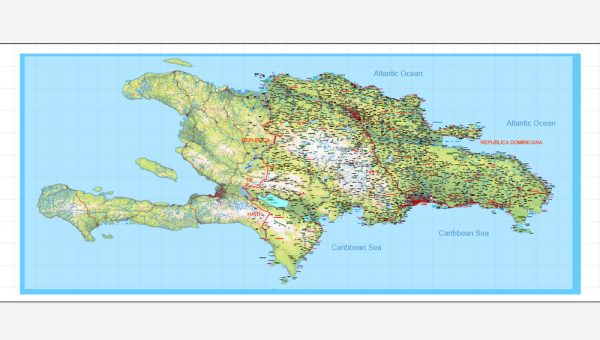
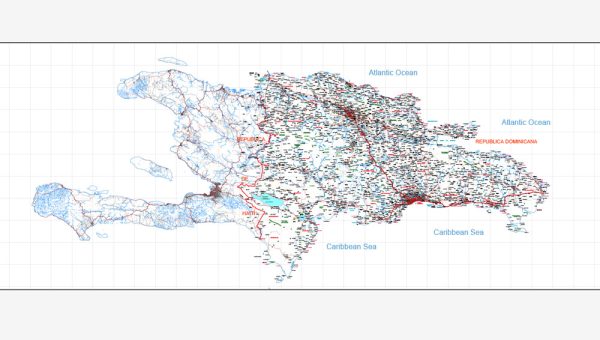
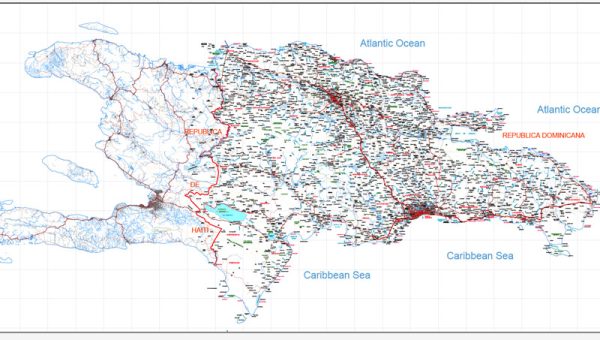
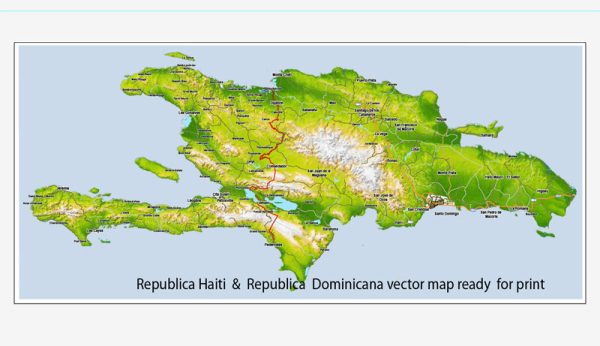
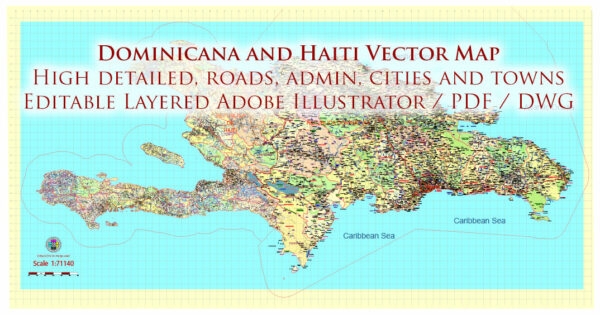
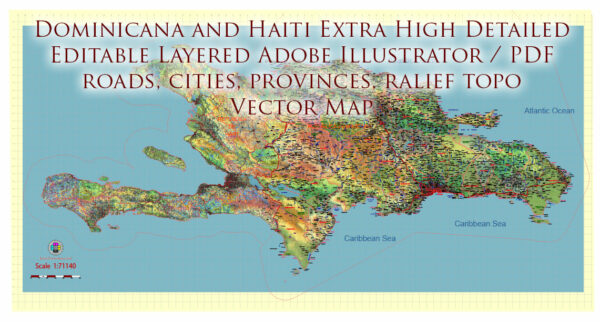
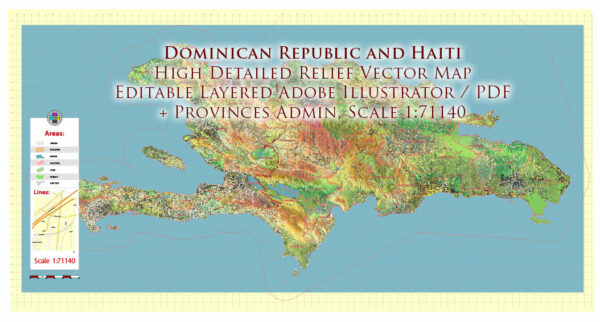
 Author: Kirill Shrayber, Ph.D.
Author: Kirill Shrayber, Ph.D.